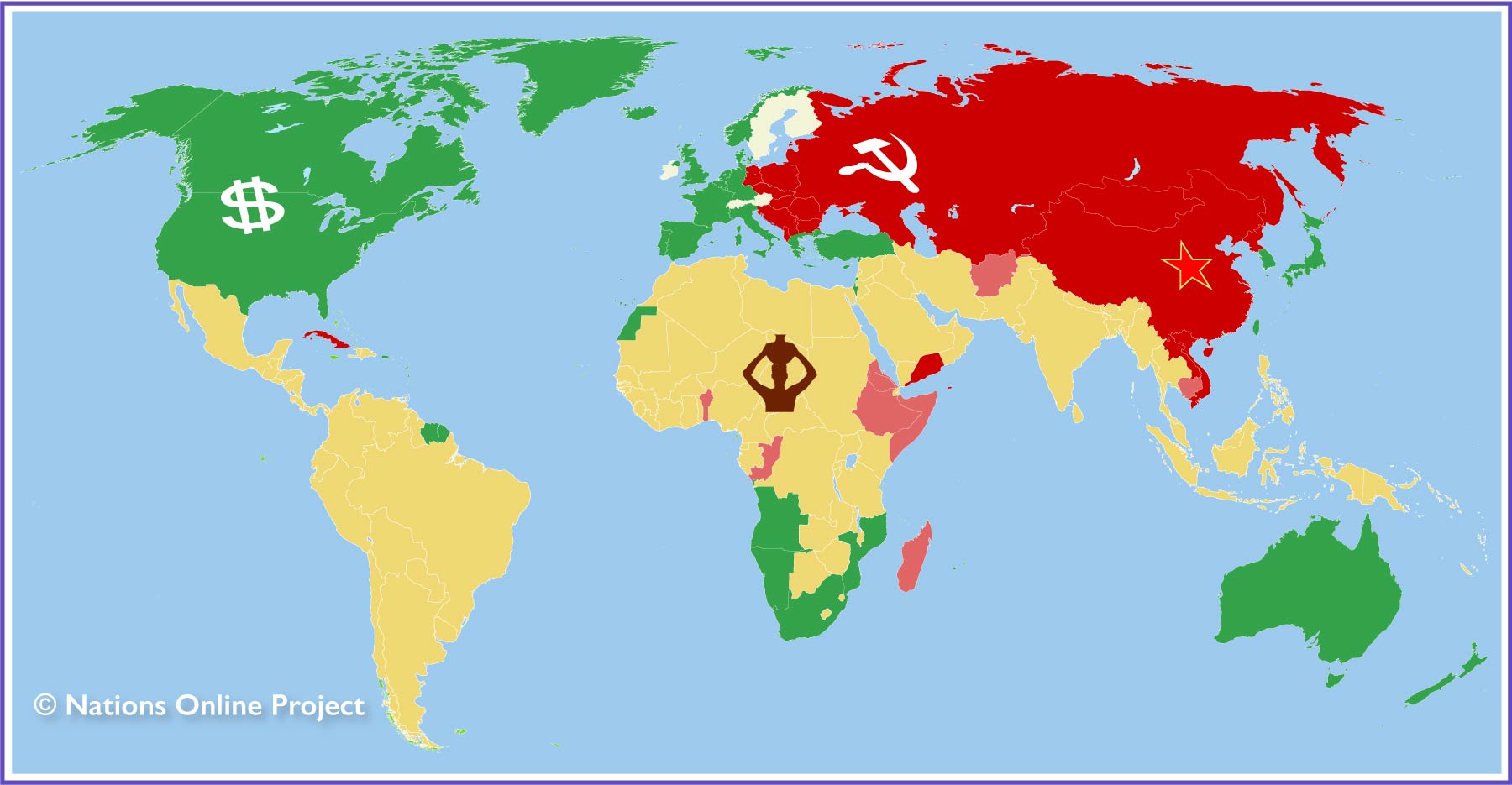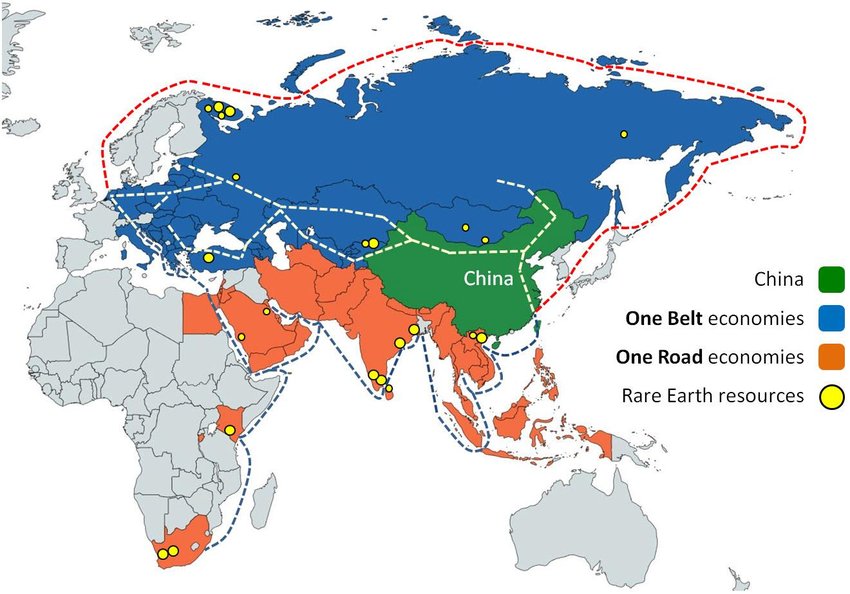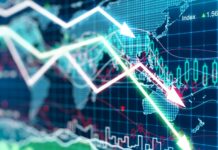This investing podcast interviews industry experts so you’ll learn what to do, what to ask, and ideally how not to lose money. I’m just like you… I want to make money from the stock market but I find the terminology confusing and it’s hard to know where to start. Personally, I want to make informed decisions. Let’s learn together on Intel for Investors!
Today’s Episode… Why Should Gold Be A Vital Asset In Your Investment Portfolio?
INTEL for INVESTORS
Welcome back to ‘INTEL for INVESTORS.’ Today we will explore the original historical currency (gold) and commodities. Gold has been recognized as a currency for millennia and some experts say owning gold is central to financial survival.
Our discussion today features world-renowned economist, finance expert, and investment adviser Stephen Leeb, Ph.D., with 45 years of industry experience. Amongst his other New York Times best-selling books on finance, investing, and economics, Dr. Leeb is the author of a new book called ‘China’s Rise and The New Age of Gold: How Investors Can Profit From A Changing World.’ This book emphasizes how we can protect ourselves against the global failure of fiat currency and a radically changing world economy.
Stephen, you mentioned that gold’s rise is just beginning. You think that all investors need to invest in gold to protect themselves against the falling dollar and the radically changing world economy. Tell us why…
Stephen Leeb, Ph.D.
There are two fundamental arguments for gold. The global economy is changing dramatically and there are two aspects to this change.
The first aspect is the rapid growth in emerging markets; represented by countries in the developing world. Most people are shocked to discover that citizens of 2nd and 3rd world countries make up 85% of the entire world’s population. The world map featured below highlights in green every 1st world country. The dark and light red highlight 2nd world countries with emerging markets. Yellow highlights 3rd world countries, also referred to as the developing world.

Image that 85% of people on the planet; the GDP per capita (average income per person) is roughly $10,000 per year. Compare that with the average income of citizens who live in 1st world countries- which averages $50,000 per year. That’s quite an income gap.
The average income of someone who lives in the developing world (the $10,000 annual income per year) is actually on the high end of the spectrum. For example, the average person who lives in Ethiopia only makes the equivalent of $2,000 U.S. dollars per year. By comparison, people in 1st world countries are making 5x more annually than those who live in 2nd or 3rd world countries. That quantifies a lot of growth coming from the developing world and that’s one of the major changes.
The other aspect, which we hear so much about is climate change and the pressing need to transition to green energy. Collectively, humanity needs to find sources of sustainable, renewable energy. To achieve that goal, it’s going to require a lot of infrastructure. Building a smart grid on a global scale will require a tremendous amount of industrial materials which dually require a tremendous amount of commodities. Much of the developing world is endowed with a plethora of natural resources that create critical commodities to build out a sustainable future for society and generations to come.
Via the SCO (Shanghai Cooperation Organization) the context of growth in the developing world is very likely to continue because China is catalyzing that growth. The BRI (Belt and Road Initiative) created by China is a modern trading route that closely mimics the historical ‘Silk Road’ from the days of Marco Polo. The BRI connects developing countries through a cooperative trade agreement designed by the SCO; featuring nations with common economic interests and goals. Commodities and natural resources to support growth in the developing world will be traded amongst countries that are members of the SCO by way of the new Belt & Road trade route. The picture becomes a bit more clear when you see these two aspects happening simultaneously and they’re likely to continue throughout the century.

Gold has proven itself to be a necessary investment when you have major changes affecting civilization. Here are two examples to state my case as to why gold is a vital asset for every investor’s portfolio. Over the last 20 years, the first generation of this century, gold outperformed virtually every other asset. If you take the S&P 500 and reinvest your dividends, which can happen automatically with an S&P ETF. As a result, your investment is multiplied by threefold. Very good, however, if you had invested the same sum in gold… your investment would have multiplied over fivefold during the same timeframe.
INTEL for INVESTORS
That’s an amazing statistic.
Stephen Leeb, Ph.D.
It’s a very, very powerful statistic and we’ve had 20 years where developing countries have led the way in terms of growth. Meanwhile, there’s been constant pressure to shift to renewable energy and a lot of companies are adhering to this initiative. Not surprisingly, gold has performed well under conditions where major changes are affecting civilization. Are you starting to see the correlation?
Again, as an investor, you have to think long-term. Over the last 12 months, the price of gold has only achieved a nominal increase in the fluctuating spot price. But who knows… over the next decade it may triple. Therefore, you have to be long-term oriented when it comes to making investment decisions, that’s one critical caveat. One of the most successful investors of our time, Warren Buffett, famously said that his favorite holding period is forever. When you look at gold and you look at possible corrections of fluctuating spot prices, you just have to hang in there for the long term. And again, the long-term rewards you much more in gold than any other investment historically to date.
INTEL for INVESTORS
For people investing in the stock market for the first time, they may be swayed by trending ‘hot stocks’ in the news or hashtags trending on social media. How do investors see through the hype and remain focused on solid investments that may not be trendy but serve as a ballast.
Stephen Leeb, Ph.D.
Exactly right, and I’m so glad you mentioned that. Regardless of the percentage, gold should be a necessary part of your investment portfolio. And I want to emphasize the following point. If you consult an American megalithic financial institution, for example, BlackRock (which manages trillions of dollars) they’ll tell you to allocate your investments. Their recommendation is usually 60% stocks / 40% bonds. Don’t follow that advice. If you can see the correlation of what has happened in the world over the last 20 years- that’s no longer relevant investment advice.
However, it’s the same consensus you’ll hear from Vanguard, Fidelity, and virtually all the other major financial institutions. I have nothing against these financial institutions but if you look closely at the history of the past 20 years, which I believe are unique, it’s case in point. What you have witnessed over the past 20 years is likely to continue but on steroids.
If you want, take some of their advice but also think for yourself. A good question to contemplate… What assets have performed well when emerging economies and developing countries are rapidly growing at the same time the world is hyper focused on the transformation to renewable energies?
Answer? Well, what happened is that gold performed exceptionally well under these two conditions.
Are there any signs these trends are going to change? No.
Are there signs that these trends are going to accelerate? Many.
So, gold should be at least part of your portfolio. I’m not saying it should be 100%. I’m not saying it to be 5% to 20%. I’m just saying- your word was ballast– and I think that’s an excellent expression.
INTEL for INVESTORS
That’s something I’ve been thinking about a lot lately, especially in terms of my portfolio. There are many young investors who have never witnessed the extreme volatility or experienced the cyclical nature of the stock market. Stephen, during your lifetime you have witnessed several quite significant catastrophes in both domestic and global markets. And I feel like diversification across asset classes is something a lot of novice investors don’t fully understand.
Stephen Leeb, Ph.D.
It’s so important to emphasize that if you look at the stock market, it’s thus far had three major corrections from the year 2000 to 2020. However, over the past 20 years, during its biggest correction, gold went from an all-time high… Down to a low of no more than 30%. And since then, it’s rebounded to record heights.
When the tech bubble burst in 2000 – 2001, in many cases tech stocks lost 90% of their value and a multitude went bankrupt. For an investor caught up in that crash, to recoup their losses, to break even they had to make their money back tenfold. If you lose half your money, which has happened at least twice in the past 20 years, to break even you would have to double your money.
One of the things to consider as an asset investor… What’s the largest drop that’s occurred over the last twenty years- which I believe is the most relevant time for the future– you’re not likely to experience a correction of much more than 25% in gold. So it certainly does serve as a ballast. Maybe it’ll go down by 30% but there’s no case of it dropping 60% or 70%, which on the contrary has happened in the stock market.


















